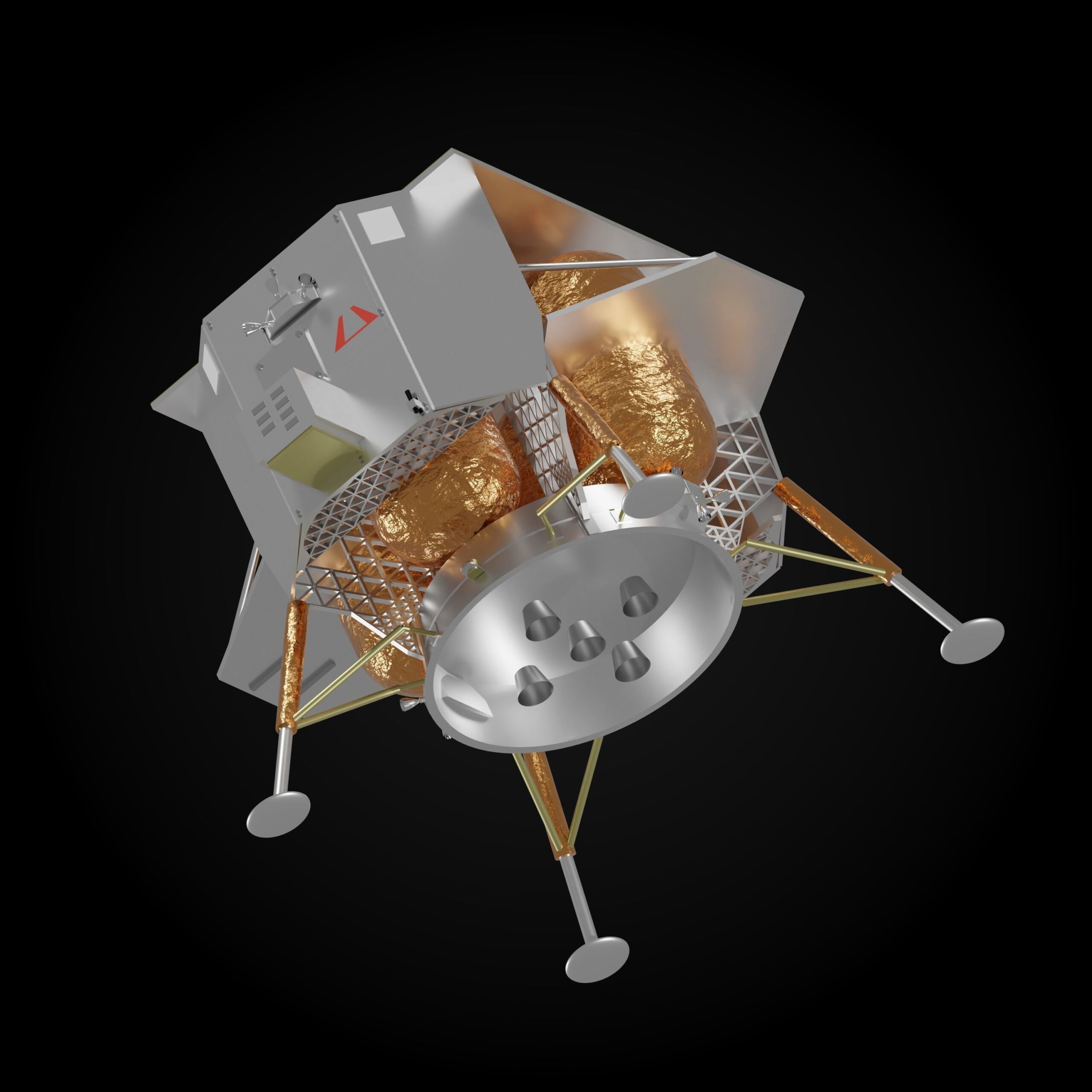In a historic endeavor, the United States is set to make its return to the Moon on January 25, more than half a century after the last Apollo mission. Spearheading this mission is the private company Astrobotic, with its unmanned lunar lander named Peregrine.
Developed as part of NASA’s Commercial Lunar Payload Services (CLPS) program, Peregrine is equipped with NASA instruments aimed at studying the lunar environment in preparation for future manned missions under NASA’s Artemis program. Astrobotic’s CEO, John Thornton, highlighted the significance of this mission, emphasizing the aim to achieve a lunar launch and landing at a fraction of traditional costs.
This marks a crucial step in the development of a lunar economy, with fixed-price contracts encouraging commercial participation and paving the way for affordable transport services. The journey is not without challenges, considering the historical success rate of lunar missions, but Thornton remains optimistic about the upcoming launch scheduled for December 24 from Florida. As the U.S. renews its lunar exploration efforts, other companies like Firefly Aerospace, Draper, and Intuitive Machines, contracted by NASA, are also contributing to the evolving landscape of lunar exploration.
While acknowledging the risks, NASA sees CLPS as a catalyst for establishing the commercial infrastructure necessary for a sustainable lunar economy, aligning with the broader goals of the Artemis program to establish a permanent human presence on the Moon. Excitement and anticipation surround this mission, as the United States once again sets its sights on the celestial body that has captivated human imagination for centuries.














